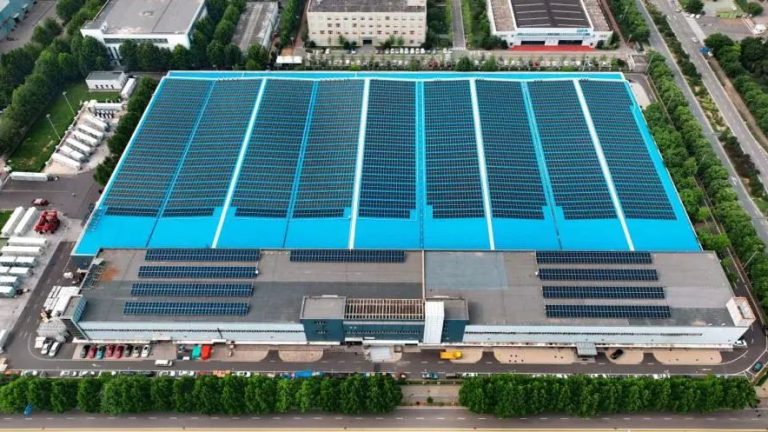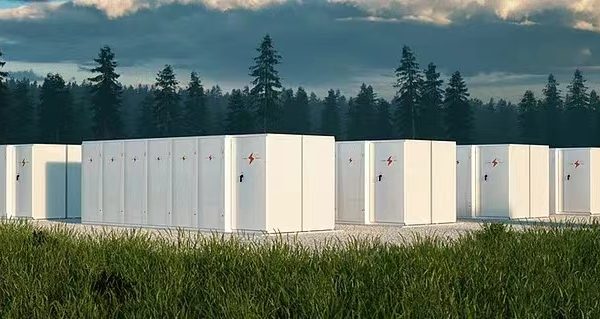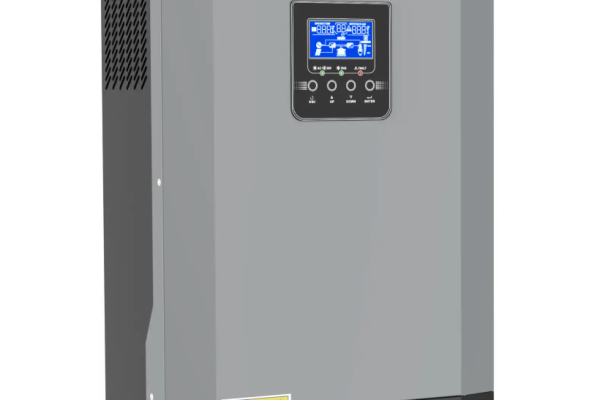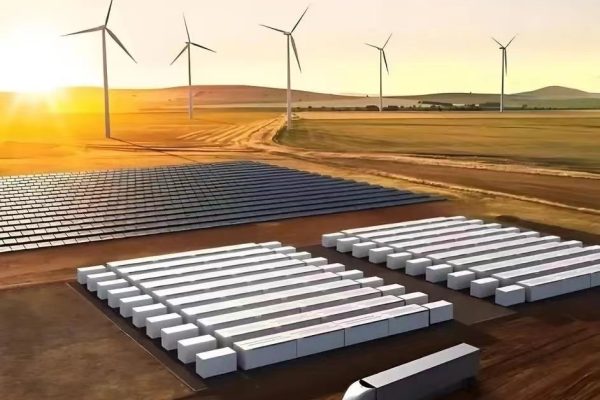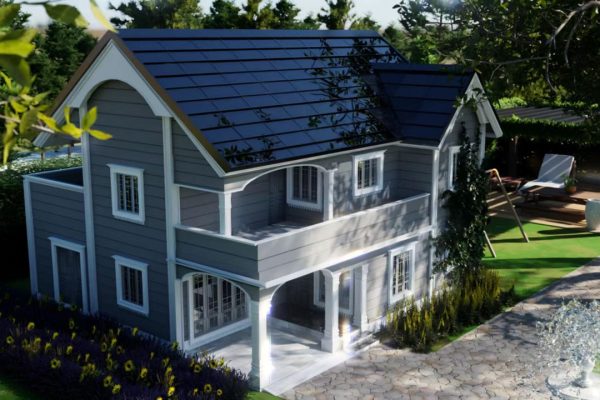Key Factors for Commercial & Industrial Energy Storage Projects
1. Why Mid-Sized Storage Matters
Energy storage is no longer limited to utility-scale or small residential systems. The 50kW–200kWh range has emerged as a sweet spot for small commercial and industrial (C&I) applications.
These systems are large enough to:
- Support demand charge management
- Enable solar self-consumption
- Provide backup power for critical loads
- Serve as a pilot project for larger deployments
At the same time, they’re compact and affordable enough for SMEs, schools, clinics, and small factories.
Designing such systems, however, requires careful consideration of technical, financial, and operational factors.
2. Load and Use Case Definition
The first step in system design is always clarifying the use case:
- Peak shaving / demand charge management:
- Discharge at high-load times to reduce utility costs.
- Solar self-consumption:
- Store excess PV output and shift it to evening demand.
- Backup / resilience:
- Ensure critical operations continue during outages.
- Grid services (where allowed):
- Frequency regulation, load balancing, or microgrid support.
👉 Each use case requires different battery sizing, inverter capabilities, and EMS settings.
3. Battery System Sizing
For a 200kWh battery system, key considerations include:
- Depth of Discharge (DoD):
- LiFePO₄ batteries allow 80–90% usable capacity.
- A “200kWh system” may offer ~180kWh usable.
- Cycle Life:
- For daily cycling, aim for ≥6000 cycles (~15 years).
- C-Rate (charge/discharge speed):
- A 50kW inverter on 200kWh storage = 0.25C (4-hour system).
- Ensure balance between power output and energy duration.
Rule of thumb:
- Backup-focused systems: larger kWh, lower kW.
- Peak-shaving systems: higher kW-to-kWh ratio.
4. Inverter Selection
The inverter is the “brain” of the system. For a 50kW system, check:
- Hybrid or battery-only: Will it integrate with PV directly?
- Grid-forming vs. grid-following:
- Grid-forming inverters can run standalone microgrids.
- Grid-following units work best with utility or generator backup.
- Scalability: Can multiple 50kW units be paralleled?
- Surge handling: Critical if motor loads are present.
👉 A modular inverter design (e.g., 2 × 25kW) allows easier redundancy and service.
5. Energy Management System (EMS)
An EMS ensures the system operates according to goals:
- Time-of-use optimization: Charge during off-peak, discharge during peak.
- Load prioritization: Ensure critical loads (IT, lighting) are covered before non-essential ones.
- Data logging: Track performance for both billing and warranty claims.
- Integration: Must talk to PV inverters, BMS, and sometimes gensets.
For mid-sized projects, AI-based EMS platforms are gaining traction, offering predictive load scheduling and weather-based PV forecasts.
6. Safety & Compliance
Safety becomes more critical as system size increases:
- Battery enclosures: Fire-resistant, ventilated, and compliant with UL9540A or local standards.
- Arc & fault protection: DC disconnects, fuses, and breakers must be properly rated.
- Thermal management:
- Active HVAC is often required for 200kWh systems.
- Keep battery temperatures within 15–30°C for longevity.
Compliance with local grid codes (IEEE 1547, IEC 62109, etc.) is non-negotiable.
7. Installation & Site Considerations
- Space requirements:
- A 200kWh system may occupy a 20–40 ft container, depending on configuration.
- Weight load: Batteries are heavy (~10–12 tons for 200kWh).
- Ventilation & cooling: Containerized systems often integrate HVAC.
- Access & serviceability: Ensure space for technicians to safely perform maintenance.
8. Financial & Business Case
For SMEs, financial justification is crucial:
- CapEx: Mid-sized systems cost between $300–500/kWh installed, depending on region.
- Payback period: 3–7 years if demand charges or high TOU tariffs exist.
- Revenue stacking: Combine peak shaving + self-consumption + resilience to strengthen ROI.
Offering leasing or energy-as-a-service (EaaS) models can make adoption easier for clients with limited upfront capital.
9. Example Design Case
Small manufacturing site in India:
- Daily load: 1.2 MWh
- Peak demand: 90 kW
- Grid outages: 3–4 hours per week
System design:
- 100 kWp PV system
- 200 kWh LiFePO₄ battery (usable 180 kWh)
- 50 kW hybrid inverter (parallel-ready)
- EMS with TOU + outage backup mode
Outcome:
- 25% reduction in grid costs via peak shaving
- 60% PV self-consumption
- 4-hour outage coverage for critical machinery
A 50kW–200kWh storage system sits in a sweet spot: big enough to deliver meaningful savings and resilience, but still manageable in cost and complexity.
To design effectively:
- Start with the use case (backup, peak shaving, or self-consumption).
- Balance kW and kWh to match the load profile.
- Select modular inverters and batteries for future expansion.
- Prioritize safety and compliance for long-term reliability.
For integrators and SMEs, mastering this system class can open doors to the fast-growing C&I storage market.





